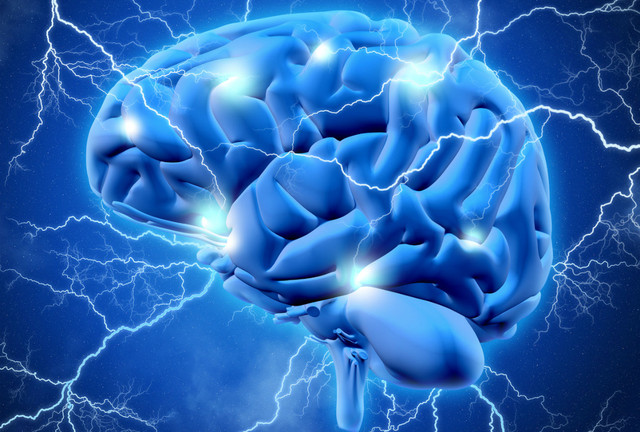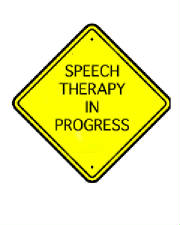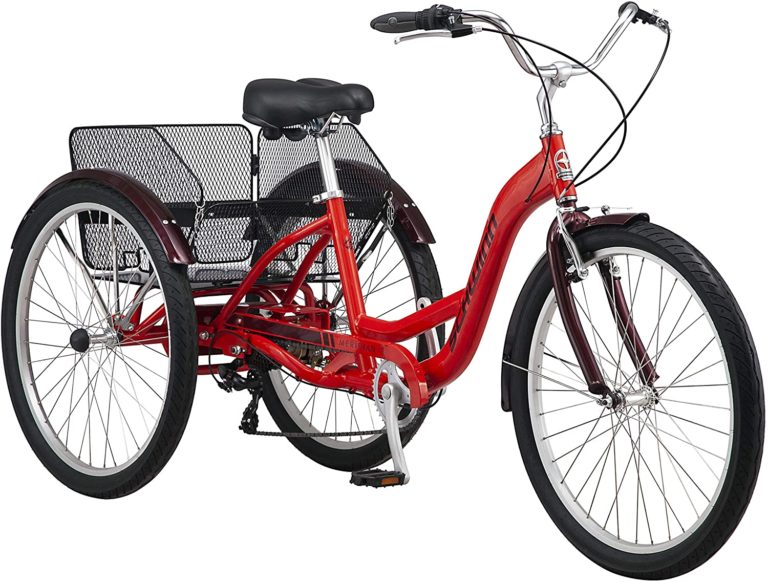
As I mentioned in Part 1 of my series on DBS – if you would have told me 5 years ago that I would have wires placed into my brain, I would have laughed out loud and exclaimed, ‘No way, man, never in a million years!‘
But again, we change as things around us change. Now that I have PD (Parkinson’s Disease) I am actually looking forward to getting this done and -hopefully- getting rid of or reducing dramatically its annoying symptoms such as rigidity/stiffness, slow movement, and especially the dystonia (cramping feet). I will talk in one of my later posts about how PD annoys me, hopefully in a slightly humorous (but informative) way.
I’ve met with the surgeon, been scheduled, done all of the pre-surgery stuff, and will be getting the first surgery this week! So I thought I would describe in this post a little bit about what I’ve I’ve done so far, along with what I’ve been told about the surgery itself. I believe you should find that interesting – at least I did!

Before the Surgery (Pre-op)
Turns out there are a few things one must do before the surgery can take place. First, I had to meet with a speech therapist to evaluate my talking (no, not the part about me talking too much!) Rather, it turns out that the leads placed in the brain are very close to the speech centers – i.e. the parts of our little noggins that control how we talk. Sometimes, when the leads are turned ‘on’, they can compensate for our symptoms, but also may slightly over-compensate and affect the speech centers, resulting in slurred speech (most common). A lot of the time this can be fixed by slightly adjusting the programming of the neurostimulator…. But in other cases, the improvement in symptom control is so great, that one may choose to keep the improved control over the speech impediment. Regardless, I was told by the speed therapist that there is a 30% chance of this occurring, so it doesn’t happen with everyone (although I am sure there are those about me who would like to have a less-talking Tom!)

The next step was to meet with my neurologist for a pre-op meeting. We discussed how the surgery would go, and what to expect. I ended up asking a few questions, but was surprised at myself that I didn’t need to ask more – I guess all that research ahead of time payed off! I will be awake during most of the surgery, but may get a little ‘boost’ of medication during the drilling part to knock me out for a bit. This is due, she told me, not because it hurts or causes physical discomfort, but rather that the drill is very loud and causes vibration – and most people get a little ‘jittery’ and nervous during that time (me, probably more than nervous! I hate the drill at the dentist, and I’m sure this one will be louder!) Finally we discussed what kind of symptom relief I should expect. I have no tremor, but have made up for it with increased rigidity, slowness of movement, and very painful cramping (dystonia) in the feet. In this case, I should expect no better symptom relief than when I am ‘on’ with my meds. That’s great news for me, because when I am ‘on’ I virtually have little to no symptoms! Even my neurologist said while she was watching me walk that when my meds are working I look like I don’t have Parkinson’s at all. So it is my hope that the surgery will give me this same relief, basically 24-hours a day; plus reduce my meds – maybe up to 50% or more.

Did you know that after surgery many patients experience what is known as the ‘Honeymoon‘ effect? This is when, for approximately two days to two weeks after DBS lead wire insertion, some patients may find they experience little to none of their symptoms! Not sure why, although I’ve heard a couple of reasons: 1. Slight brain swelling occurs around the inserted lead wire, or 2. Microlesions occur during lead insertion; and that is the reason the symptoms ease up. But she warned me – once that is over, your symptoms will come back full strength as they were before – at least until the neurostimulator is inserted and turned on. So I have to keep taking my meds during that time – but I will most definitely enjoy the honeymoon time if it happens to me!

MRI
Then it was down to the radiology department for an MRI of the old noggin. I fear MRI’s – the reason being that I’ve only had one previously. The MRI machine that they used at that time was a older style with a long dark tube (closed at one end) into which the machine pulled you in – and the tube was very narrow, only few inches of space around you! I never had experienced claustrophobia before – never thought I had it – but once I was in that machine I almost freaked out! Sweating, fast pulse, short quick breaths…. And strange irrational thoughts ran through my head, like “If there’s an earthquake I’ll never get out of here!” (Yeah, we have a lot of earthquakes in Michigan! <roll eyes>) I was finally able to calm myself down and get through that MRI without making a fool out of myself!
Luckily, technology has changed, and the MRI machine they use now is more of an ‘open‘ design – the tube was shorter, and both ends were open. Plus, I had a frame-like ‘cover‘ over my head, which had a mirror/camera on it that allowed me to see the open ends of the machine. And they allowed me to bring in a CD with some relaxing music on it. (I chose Zen – hey, it is relaxing!) This all kept me calm and made this MRI experience a breeze!
The Surgery Itself
In my next DBS series post (Part 3), I will tell you my actual experiences (at least what I remember) with the surgery itself. But before I close this blog entry, this is a description – microlesions – of how the surgery should go:

First, I check in at the hospital, get changed into my wonderful hospital gown (with the opening in the back – how embarrassing), and get settled into my pre-op room. Then the surgeons physician’s assistant will come in and give me a most attractive haircut – basically two good sized cow licks up each side of my head (maybe I’ll start a new trend in hair styles… then again, maybe not).

After that, the PA will attach to my head – via pins screwed into my skull – a metal box known as a ‘halo’. (And to all those folks who laughed when I told them I was always an angel – well, HA, now I will have my own halo!)
This unit get attached to the table in the OR, and keeps my head from moving during the surgery. And yes, they will use a local anesthetic to numb the areas where it is screwed into my head – otherwise, being the chicken that I am, the PA would have to endure some mighty loud whining!
Next, I’ll get wheeled in for a CAT scan with the halo attached. This, along with the MRI I had done a week before, will allow my surgeon to ‘map’ my brain completely into (I assume) some kind of mathematical-type model. This allows him, along with a robot, to insert and place the lead wires in the exact spot they need to be to benefit me most.

Then it’s to the OR I go for the actual procedure. I believe I will get something to ‘relax’ me (ahhhhh), then the surgeon will make a small incision on one side of my head. A medical ‘drill’ will be used to drill a dime-sized hole in my skull – great, another hole in my head – exposing my brain. Then, using the surgeon’s skill and the robot, a probe-type device will be inserted through that opening deep into my brain, to the area where the motor signals to the muscles are getting messed up. He will know where that is by the mapping he made; plus, as the probe passes through various areas of the brain, each one sings a different ‘song‘ – the sound of the electricity from the neurons firing. This is played back through a speaker in the room, and the surgeon is listening for a ‘special’ song – the one that indicates he is in the proper area (in the case, the STN, or Subthalamic Nucleus). Once in that area, some current is applied to the probe and he observes if it helps with my symptoms. That is the reason I have to be awake during this time!
So I then get to do my typical neuro ‘test‘ exercises – touching my thumb-to-fingers rapidly, flexing my hands open and closed, etc. If my symptoms improve and he believes he has the right area, the lead wire with electrodes on the end is inserted to that point – this is the wire that stays inside my brain. The surgeon then closes the hole in my skull (hopefully before any of my marbles escape – ha ha) using some kind of plastic ‘plug‘ – which also secures the lead wire so that it will not move. The incision is then closed via staples, and that side of the brain is done! The exact same procedure is done to the other side of the brain.
This, according to him, should take only about 1.5 hours! Wow!! Once I am done and my head is bandaged up, I’ll probably be in recovery for a little while, then up to my hospital room I go!

I’ll be there overnight, just to make sure I’m OK and not having any serious issues. That probably means, for me, some long cat naps, some ‘wonderful’ hospital food, and being awakened at all hours of the night to have my vitals checked! Oh well, it’s my first time in the hospital so I guess it’s something new to experience!

Next Steps
I will need to wait two weeks to heal; then I’ll have an outpatient surgery to insert the neurostimulator and attach it to those lead wires in my head. Then, only a little over a week later, I go back to my neurologist where she will ‘turn on’ the unit and start tuning it up. It’s then that we will know for sure how much benefit and relief I will get from the DBS procedure. Or, as Charlie Brown would say, “It’s Sydney or the bush!” time!
So, thanks to everyone for your thoughts and prayers, there’s been quite an outpouring! I am very appreciative and humbled by the words and support. In my next post in this series, I’ll give you my thoughts on this whole thing, having then experienced it first hand. So stayed tuned, and catch you on the back end!




